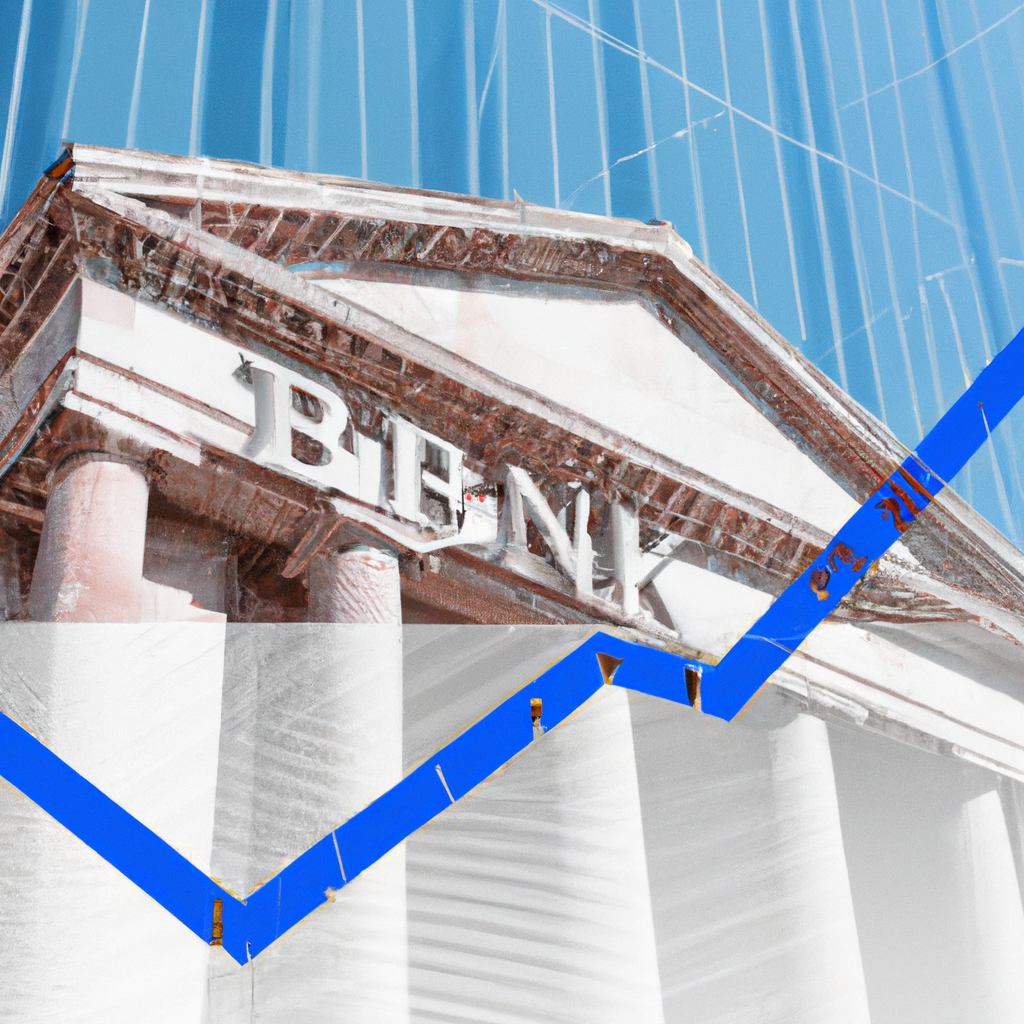Navigating the complex world of finance often involves understanding the intricate mechanisms that drive economic stability and growth. One pivotal aspect of this financial landscape is the role of central bank certificate of deposit (CD) rates. These rates, set by central banks, serve as a critical tool in monetary policy, influencing everything from inflation and interest rates to consumer spending and investment strategies. In this article, we will delve into the significance of central bank CD rates, exploring how they are determined, their impact on the broader economy, and what they mean for individual investors and financial institutions alike. By unraveling the complexities of these rates, we aim to provide a clearer picture of their importance and how they shape the economic environment in which we live and operate.
Understanding Central Bank CD Rates
Central Bank Certificates of Deposit (CDs) are financial instruments that central banks offer to commercial banks and other financial institutions. These CDs are typically used as a tool for monetary policy and liquidity management. Understanding the intricacies of Central Bank CD rates is crucial for financial professionals, economists, and policymakers.
Firstly, it’s important to note that Central Bank CD rates are often used to signal the central bank’s stance on monetary policy. When a central bank raises CD rates, it generally aims to tighten monetary policy, which can help control inflation by making borrowing more expensive and encouraging savings. Conversely, lowering CD rates usually indicates an intention to stimulate the economy by making borrowing cheaper and reducing the incentive to save.
Central Bank CD rates also play a significant role in the broader financial market. They serve as a benchmark for other interest rates, including those on government bonds, mortgages, and consumer loans. Changes in CD rates can therefore have a ripple effect across the entire economy, influencing everything from corporate investment decisions to household spending.
The determination of Central Bank CD rates involves a complex interplay of economic indicators, including inflation rates, employment figures, and GDP growth. Central banks typically convene periodic meetings to review these indicators and make decisions about rate adjustments. These decisions are often accompanied by statements that provide insights into the central bank’s economic outlook and future policy intentions.
Furthermore, it’s essential to distinguish between different types of CDs issued by central banks. Some CDs may have fixed rates, offering stability in interest payments over their term, while others may have variable rates that adjust periodically based on prevailing economic conditions. The maturity period of these CDs can also vary, ranging from short-term instruments of a few weeks to longer-term options spanning several years.
In addition to their role in monetary policy, Central Bank CDs can also be a tool for managing liquidity in the banking system. By issuing CDs, central banks can absorb excess liquidity from commercial banks, helping to maintain stability in the financial system. Conversely, redeeming CDs can inject liquidity back into the system when needed.
Understanding Central Bank CD rates requires keeping an eye on central bank communications, economic data releases, and broader market trends. For financial institutions, staying informed about these rates is crucial for effective asset-liability management and strategic planning. For investors and the general public, these rates offer valuable insights into the health of the economy and the likely direction of interest rates.
In summary, Central Bank CD rates are a cornerstone of monetary policy and financial market stability. They influence a wide range of economic activities and provide critical signals about the central bank’s policy stance and economic outlook. Whether you’re a financial professional, an investor, or simply an informed citizen, understanding these rates can help you navigate the complexities of the economic landscape.
Introduction to Central Bank CD Rates
Central Bank Certificate of Deposit (CD) rates play a crucial role in the financial ecosystem, influencing both macroeconomic stability and individual financial decisions. At its core, a CD is a time deposit offered by banks where customers invest a fixed amount of money for a predetermined period in exchange for interest earnings. Central banks, as the regulatory authorities of a nation’s monetary policy, set benchmark interest rates that ultimately influence the rates commercial banks offer on their CDs.
Understanding how central bank CD rates operate requires a grasp of the broader economic mechanisms at play. Central banks, such as the Federal Reserve in the United States or the European Central Bank in the Eurozone, adjust interest rates to control inflation, manage employment levels, and stabilize the currency. When a central bank raises its benchmark interest rate, commercial banks typically follow suit by increasing their CD rates. This makes saving more attractive as the returns on CDs become higher, thereby reducing consumer spending and cooling down an overheating economy.
Conversely, when a central bank lowers its interest rates, commercial banks usually reduce their CD rates. This makes borrowing cheaper and saving less appealing, encouraging consumers and businesses to spend and invest more, thereby stimulating economic activity. These adjustments are part of the central bank’s monetary policy toolkit used to maintain economic stability.
For individual investors, central bank CD rates are an essential consideration when deciding where to allocate their savings. Higher CD rates can offer a safe and predictable return on investment, making them an attractive option during periods of economic uncertainty. Conversely, lower CD rates might push investors to seek higher returns through more volatile assets like stocks or real estate.
In conclusion, central bank CD rates are a fundamental component of the financial landscape. They reflect the broader economic policies aimed at maintaining stability and growth, while also directly impacting the savings and investment decisions of individuals and businesses alike. Understanding these rates and the factors that influence them can provide valuable insights into both macroeconomic trends and personal financial planning.

